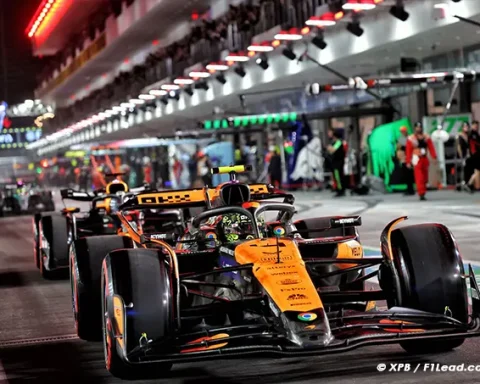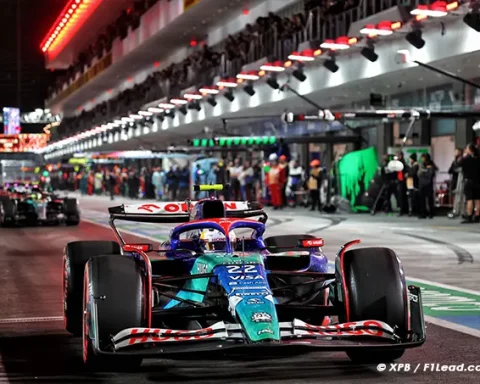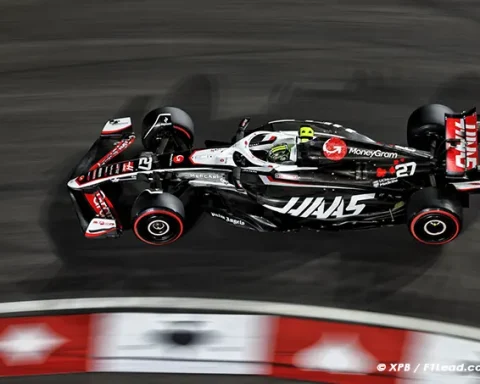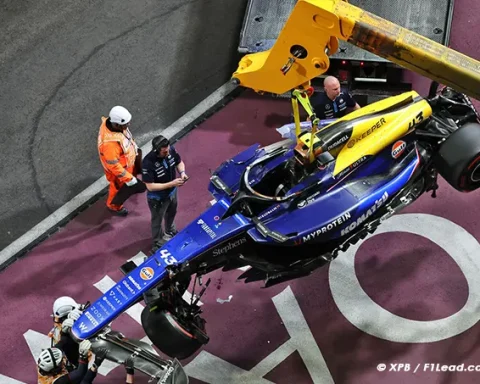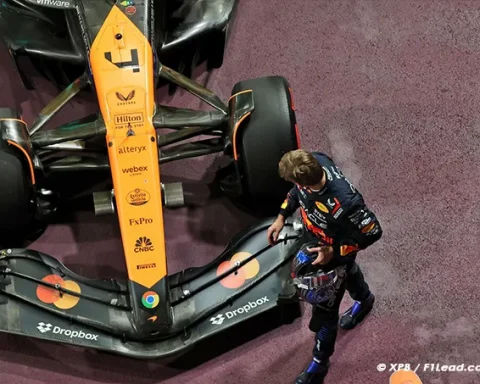Mercedes F1’s consistent growth surprises many, as Shovlin sheds light on the team’s strategic performance enhancements.
Andrew Shovlin, Mercedes F1 Trackside Engineering Director, notes that the team’s recent advancements, culminating in two consecutive race wins, began at the season’s start. Despite the rapid progression, the engineer asserts that the foundations of this evolution trace back to the start of the year.
“The journey has been quite long, but the progress has been fairly linear,” Shovlin stated on the F1 Nation podcast. “To the outside world, it might appear very nonlinear, because suddenly we’re on the podium and winning a few races recently.”
“The team is much more focused, the performance machine is functioning very well, everyone is seeking performance in all areas. Our progress relative to others is partly because all key performance areas of the company are delivering results.”
“This is true not only in the wind tunnel but also mechanically, in terms of weight, to achieve a car that performs in various conditions, and to better manage the tires.”
“It’s quite fun. And in a way, this challenge has elements that are more enjoyable than all those years of winning because when you win everything, you lack contrast.”
“If you wonder how we managed, it’s because we have a group here in Brackley and in Brixworth that is highly motivated to get Mercedes back to winning championships.”
How long at this pace of progression?
Shovlin is pleased with the developments made by Mercedes F1 during this first part of the season. The engineer explains that this has allowed the team to address issues with their car, particularly in tire usage. He hopes that the W15 will continue to progress rapidly for a long time.
“I mean, there hasn’t really been one single thing. What we’ve done well is to deliver three or four upgrades at practically every race for the last eight or nine. Some are mechanical, others aerodynamic, others aim to improve bouncing or handling.”
“In the last four or five races, and you can’t know if you will succeed every time, but we’ve put a car on the track on the first day of testing, and it was there or thereabouts. We can then start working on the adjustments with the drivers, following the track’s evolution as the grip increases.”
“This has certainly helped us. When the rear tires were heating up, we had to understand why that was happening, there were a few issues that were already embedded that you can’t solve in three days of winter testing in Bahrain.”
“It took us a while to adjust them one by one and, as I said, the rate of performance development has been high. We can keep this up for a bit longer. But the big question is how long we can continue to improve the car’s performance at the rate we have done.”
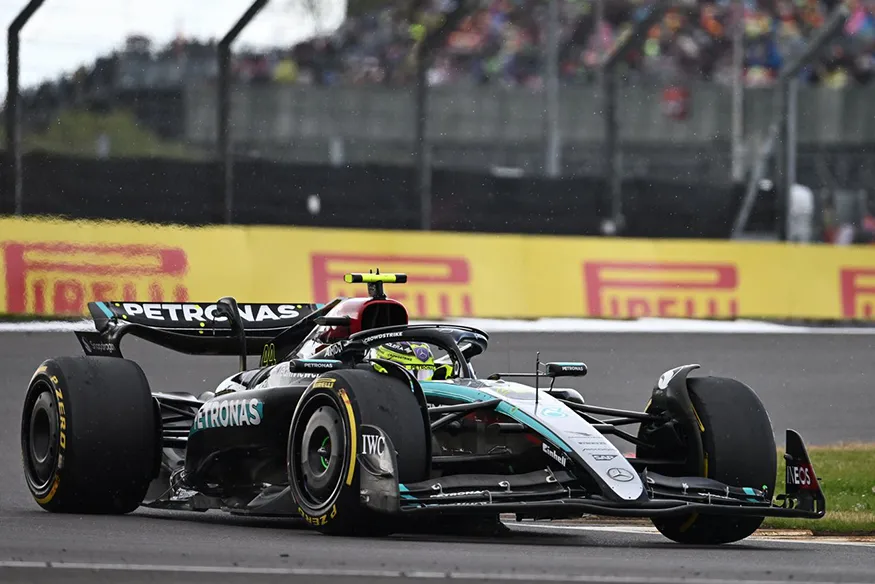
- You may also like>Zhou’s 2025 Peril: Worst Season Yet?
- Following us on>Facebook and>Twitter
Shovlin Details Mercedes F1’s Steady Rise to Success Shovlin Details Mercedes F1’s Steady Rise to Success


